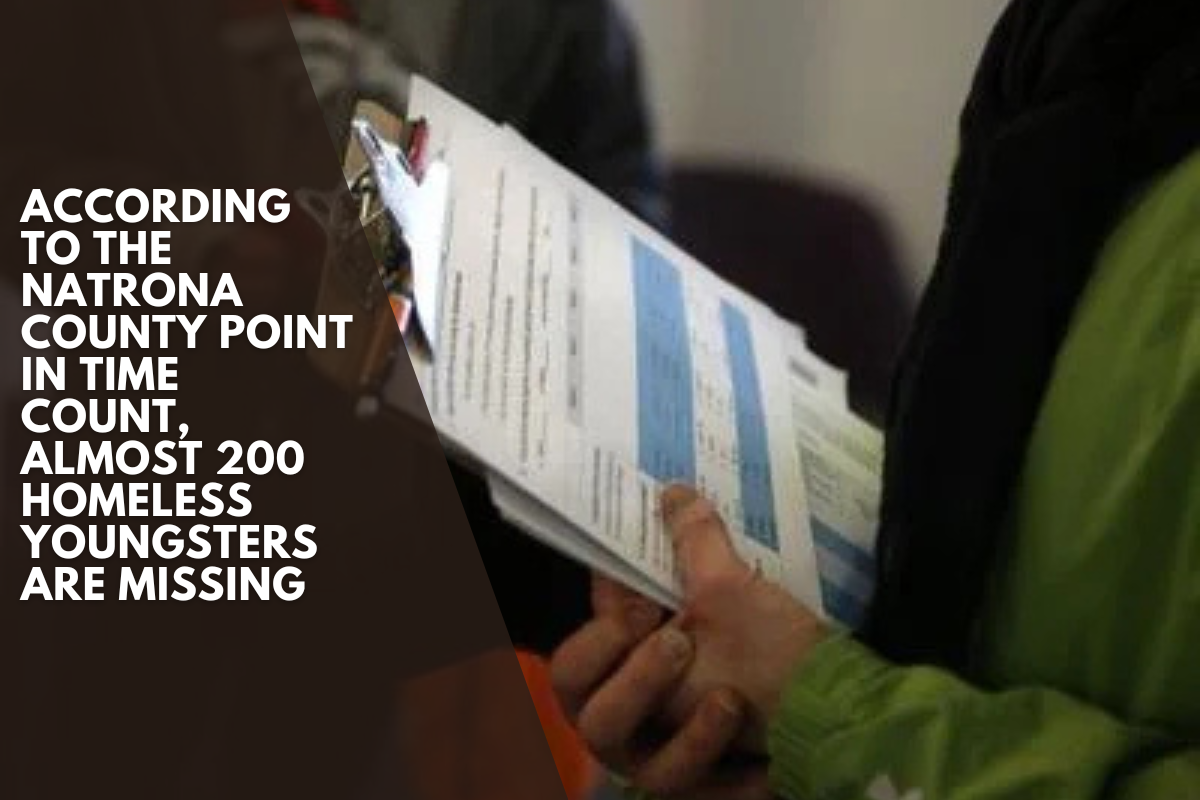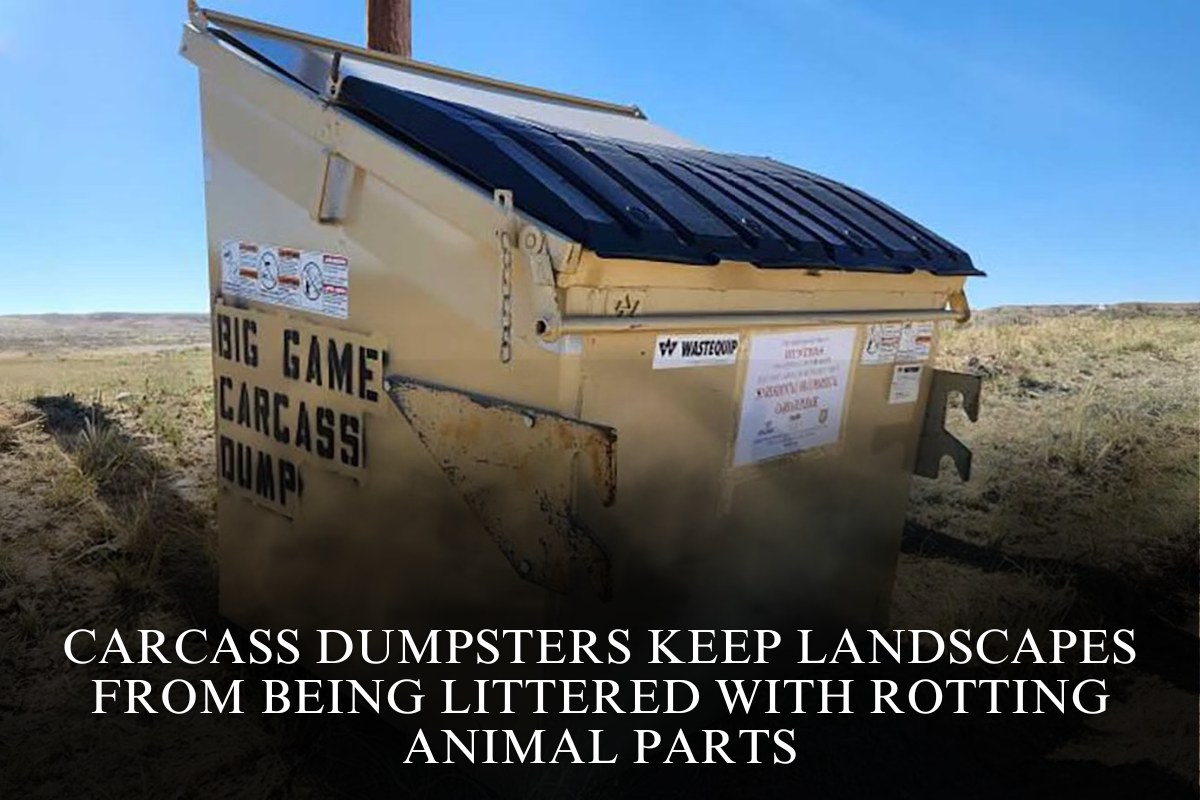CASPER — “I mean, abuse, neglect, all of that is very real in our state. It’s simply not as visible in our state. And I just think people need to be willing to accept that it exists and that it will not always be visible.
David Hulshizer, executive director of the Casper Youth Crisis Center, used those words to describe an issue that is often hidden from view.
Casper’s Point in Time count data, which was presented to the Casper City Council, shows 167 homeless people in Natrona County, with relatively few homeless youth.
Who was missing? More than 200 homeless youth are enrolled in Natrona County Schools.
Background
The Point in Time Count, or PIT, is a nationwide effort to count the homeless population. Every year, on January 25, volunteers and organizations count the number of homeless people.
Volunteers from the Community Action Partnership count the number of homeless people in Natrona County, both sheltered and unsheltered. Because of the cold weather and inconsistent counts by local homeless shelters, these figures are frequently underreported.
On June 24, Kelly Wessels, executive director of the Community Action Partnership, presented data and solutions to the Casper City Council.
Since 2022, the problem has grown at an annual rate of 11%.
Wessels proposed a variety of solutions, including opening a consistent, low-barrier navigation day center, purchasing a mobile hygiene unit, expanding housing-first programs throughout Wyoming, and integrating behavioral health services with other resources.
During the presentation, some council members expressed concerns about using city funds to address the issue.
“You’re going to deal with it one way or another, so you can either decide to accept that it needs to be solved, because you’re not going to be able to put them [unhoused people] on a bus and ship them out,” Wessels told the council’s members. “They are from here. The majority went to high school with others, and they have family here.”
Graduation rates for Natrona County’s homeless youth fell from 70% to 39.2% over four years, from the 2019-2020 school year to the 2022-2023 school year.
Missing data
Wessels proposed using data on the specific needs of local homeless populations to inform decision-making. However, current data from the PIT count and Community Action Partnership do not include any figures for homeless youth.
Wessels stated that Natrona County School District officials refused to provide that information to the Community Action Partnership.
According to data from School House Connection, a national nonprofit focused on youth homelessness, in collaboration with the University of Michigan Poverty Solutions, there were 244 homeless youth from Pre-K to 12th grade in Natrona County during the 2022-2023 academic year.
According to Chris Dresang, director of student support services for NCSD, that number has dropped to the low 200s, but it is still approximately 125% higher than the total PIT estimate.
While NCSD provides some services, other needs cannot be met by the district alone.
Localized aid
Homelessness is frequently associated with sleeping outside in the elements. In larger cities, such as Denver or Portland, homeless people live on the streets with their belongings more visibly than in Casper and Natrona.
That is not an accurate portrayal of Casper’s youth.
“That’s not a true picture of the homeless kid,” Hulshizer said. “The homeless kid is one that really has no home or a place that they feel safe, a place that they feel supported, a place that they can actually have shelter without concerns.”
This can make it more difficult to see and count homeless youth, who are less visible than homeless people on the streets. The Natrona County Regional Juvenile Detention Center and the Youth Crisis Center are the only licensed facilities in Natrona County that accept runaways and homeless youth.
“Casper could use a lot more opportunities for kids with substance abuse issues and mental health issues, because that’s when we talk about the homeless stuff with kiddos,” Hulshizer told me. “I think that will be probably one of the biggest narratives that you’ll hear.”
“I think the trend is that the kids are getting younger and younger,” said Pam Mann, operations director at the Youth Crisis Center. “You know, becoming homeless sooner.”
She stated that the center has seen homeless 16- to 17-year-old children, “but you know we now have 11- to 12-year-olds who are also homeless.”
The Youth Crisis Center accepts any youth in need of shelter and has a crisis area where youth can stay for an hour or up to 45 days. Youth are there for a variety of reasons, including being between foster care placements or pursuant to a court order. This section of the Youth Crisis Center accommodates between one and twelve youth.
The center also has a group home that can house youth for three months to one year. While some of these youth are homeless, others may have come from another facility, are unable to be placed in foster care, or have no other place to go.
All youth at the center are supervised and have access to mental health services.
Homestyle, nutritious meals are provided, reducing food insecurity, which is another issue for many of these youth.
Youth are also placed in schools. Hulshizer explained that the system is designed so that many resources are unavailable until youth get into trouble, making proactive intervention difficult.
“Our juvenile justice system is set up to where the kids have to be the ones that get in trouble to utilize the services in the state, which is tough because you don’t want kids to mess up, but sometimes they have to mess up in order for the full wave of the services that they can be offered comes — that’s just the part of the system,” Hulshizer told me. “That’s when the judge steps in and says, ‘You need to go to treatment and do this. You should do that. However, until the child gets into trouble, there is no direct support available to help guide them. And I believe we should begin to look into that.”
Funding Challenges
Wyoming nonprofits operate in a unique environment, providing services that are integrated into the government in other states.
Hulshizer stated that Wyoming lacks the infrastructure to provide state health and human services, so many of these are outsourced to non-profits. Nonprofits, rather than government entities, can handle services, streamlining the process and allowing funds to reach those in need more directly. These nonprofits provide essential services, but they are frequently targeted for state and federal budget cuts, despite having limited funding.
The Youth Crisis Center is funded by the Basic Center Program, a federal grant from the Family and Youth Services Bureau. This funding is not currently under threat of being cut.
Despite this, additional funding would allow it to broaden its offerings.
NCSD services for homeless students are funded through the McKinney Vento Grant and Title I.
According to School House Connection, Wyoming received $322,505 from the Mckinney-Vento Grant in fiscal year 2025. The continued funding for this federal grant is uncertain in light of President Donald Trump’s proposed budget.
A real issue
Homelessness and violence are frequently cyclical, and youth who have had family members imprisoned are more likely to become involved in the criminal justice system.
“And it’s kind of cyclical and there’s some truth to that, that when you deal with mental health, substance abuse and things like that, it can be a behavior that is experienced and learned over time with families,” Hulshizer told the crowd. “And then you have parents that don’t necessarily care and or that struggle because they just don’t have the understanding of the capacity to be that parent that they need to be their child’s mentor, then the child suffers.”
To help break the cycle, the Youth Crisis Center will soon begin offering parent consultations and mentoring. Offering parenting classes, counseling, and support to parents can help them become more involved in their children’s lives, which can help prevent youth from entering the criminal justice system or becoming homeless in the long run.












